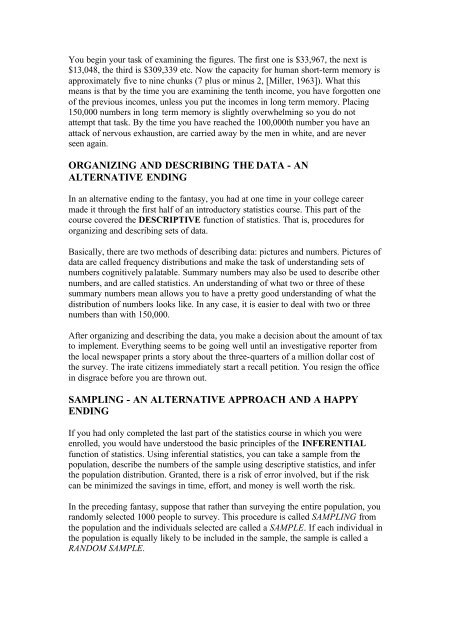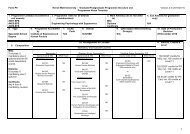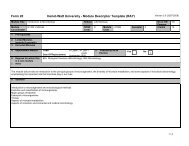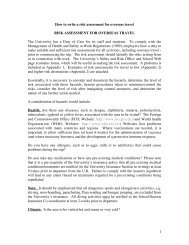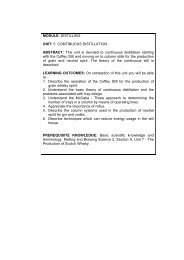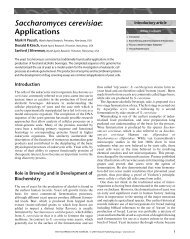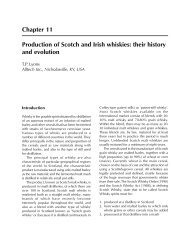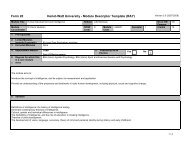INTRODUCTORY STATISTICS: CONCEPTS, MODELS, AND ...
INTRODUCTORY STATISTICS: CONCEPTS, MODELS, AND ...
INTRODUCTORY STATISTICS: CONCEPTS, MODELS, AND ...
You also want an ePaper? Increase the reach of your titles
YUMPU automatically turns print PDFs into web optimized ePapers that Google loves.
You begin your task of examining the figures. The first one is $33,967, the next is$13,048, the third is $309,339 etc. Now the capacity for human short-term memory isapproximately five to nine chunks (7 plus or minus 2, [Miller, 1963]). What thismeans is that by the time you are examining the tenth income, you have forgotten oneof the previous incomes, unless you put the incomes in long term memory. Placing150,000 numbers in long term memory is slightly overwhelming so you do notattempt that task. By the time you have reached the 100,000th number you have anattack of nervous exhaustion, are carried away by the men in white, and are neverseen again.ORGANIZING <strong>AND</strong> DESCRIBING THE DATA - ANALTERNATIVE ENDINGIn an alternative ending to the fantasy, you had at one time in your college careermade it through the first half of an introductory statistics course. This part of thecourse covered the DESCRIPTIVE function of statistics. That is, procedures fororganizing and describing sets of data.Basically, there are two methods of describing data: pictures and numbers. Pictures ofdata are called frequency distributions and make the task of understanding sets ofnumbers cognitively palatable. Summary numbers may also be used to describe othernumbers, and are called statistics. An understanding of what two or three of thesesummary numbers mean allows you to have a pretty good understanding of what thedistribution of numbers looks like. In any case, it is easier to deal with two or threenumbers than with 150,000.After organizing and describing the data, you make a decision about the amount of taxto implement. Everything seems to be going well until an investigative reporter fromthe local newspaper prints a story about the three-quarters of a million dollar cost ofthe survey. The irate citizens immediately start a recall petition. You resign the officein disgrace before you are thrown out.SAMPLING - AN ALTERNATIVE APPROACH <strong>AND</strong> A HAPPYENDINGIf you had only completed the last part of the statistics course in which you wereenrolled, you would have understood the basic principles of the INFERENTIALfunction of statistics. Using inferential statistics, you can take a sample from thepopulation, describe the numbers of the sample using descriptive statistics, and inferthe population distribution. Granted, there is a risk of error involved, but if the riskcan be minimized the savings in time, effort, and money is well worth the risk.In the preceding fantasy, suppose that rather than surveying the entire population, yourandomly selected 1000 people to survey. This procedure is called SAMPLING fromthe population and the individuals selected are called a SAMPLE. If each individual inthe population is equally likely to be included in the sample, the sample is called aR<strong>AND</strong>OM SAMPLE.


